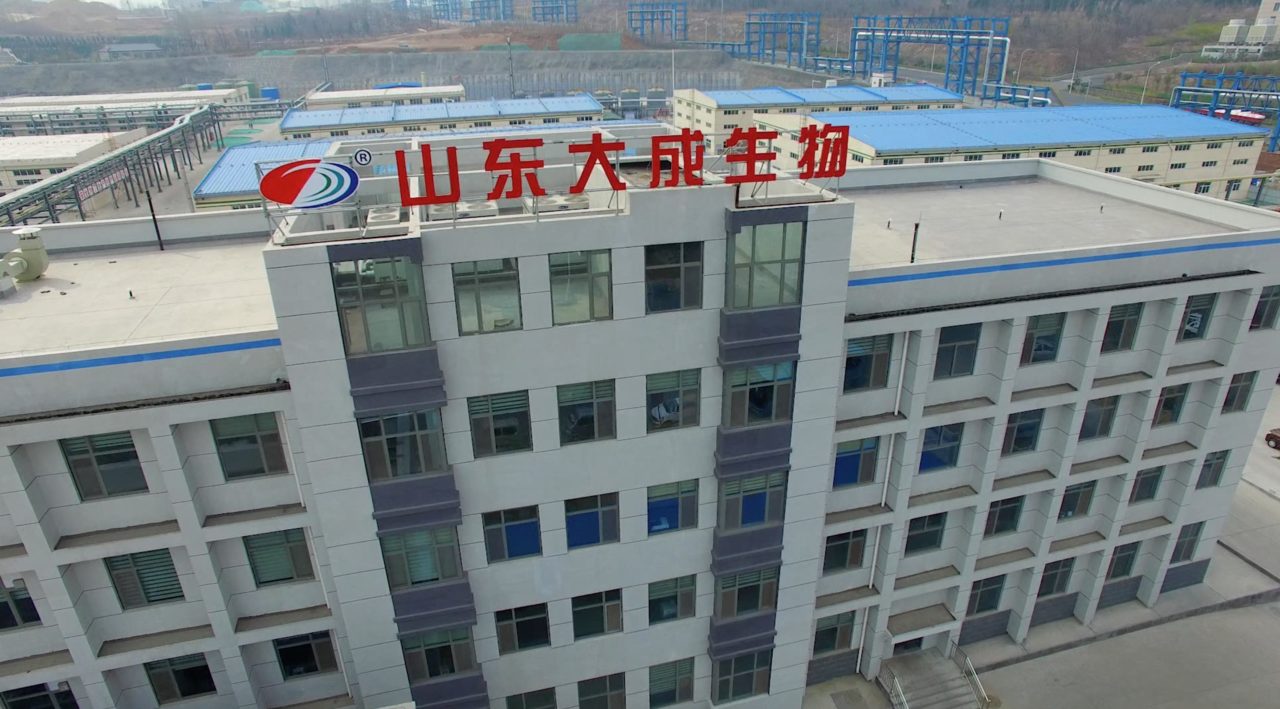Global Supply Chain Disruptions Present Challenges and Opportunities for the St. Louis Region
Ongoing conflicts in the Red Sea, low water levels in the Panama Canal and a host of other geopolitical incidents have resulted in unprecedented challenges for the global supply chain, according to Panos Kouvelis. Kouvelis addressed these issues and how they create opportunity for the St. Louis region during a virtual panel session as part of FreightWeekSTL 2024. Kouvelis is an Emerson Distinguished Professor of Supply Chain, Operations and Technology at the Olin Business School at Washington University in St. Louis and Director of The Boeing Center for Supply Chain Innovation. He talked about the importance of creating resilient supply chains, diversification and the strategic implementation of tactics designed to well position the region for the future given its existing role as a global freight hub.
Kouvelis said current and future supply chain risks differ from the obstacles faced during the COVID-19 pandemic. The pandemic sent shock waves through the global supply chain, but he said it was largely based on the change in consumer behavior. Initial supply shortages created a type of hoarding behavior among consumers, and companies could not keep up with the demand for very large orders that far exceeded actual need. He said it overloaded the supply, logistics and shipping systems, and created numerous types of delays and stabilization of the supply chain took several years. Kouvelis said current and future risks look very different and fall into categories that include environmental, geopolitical and other social responsibility issues around the world. Further complicating these issues are tensions between the United States and China due to very heavy dependence on Chinese supply chains, according to Kouvelis.
Kouvelis pointed to the Russia-Ukraine war and the implications on wheat, fertilizers, oil and gas. He talked about the Israel-Hamas war and the impact on access to the Red Sea and The Suez Canal. “Ten to 15 percent of oil trades go through that canal and it has been seriously disrupted,” Kouvelis said. “As a result, it has to be routed through the southern part of Africa which takes weeks and results in millions of dollars of extra shipping costs for companies.”
He said agribusiness and companies like Bunge and Bayer that have operations in the St. Louis region are affected by the ongoing war between Russia and Ukraine. Other global manufacturing companies in our region, for example Emerson, Belden, and Millipore Sigma, will also be affected by the new global shipping disruptions and increased costs. He said the U.S. needs to start thinking about creating resilient supply chains for the future and needs to consider these new types of risks.
America’s dependence on China at the macroeconomic level was also addressed. Kouvelis said certain critical supply chains are almost completely dominated by the Chinese. If the supply chain of renewable energy and solar panels are analyzed all the way from the beginning, 70 to 80 percent of it is controlled by China. He said there is also heavy dependency on China for batteries, electric vehicles, pharmaceuticals and electronic products, highlighting as an example that 90 percent of smartphones are made in China. Kouvelis talked about the importance of de-risking and decoupling supply chains, and both the long and short-term implications of diversifying supply sources.
He said one response is to completely decouple and create regional supply chains that are going to respond to their markets. While that sounds like a good idea, he said, it is not easy and requires a heavy investment for industries that have heavily outsourced their manufacturing and supply base.
“We’re lacking the manufacturing capacity…the suppliers… access to the right resources, even skilled workers and engineers, so it’s not going to happen” said Kouvelis. “It might happen at some point in time if we make the right investments. It can’t happen in the short term.”
Kouvelis added that certain industries should try to do more of the gradual decoupling when global sourcing might not necessarily be as needed; perhaps because the products are not as crucial for the immediate economic and safety needs and where suppliers can be found or developed in other parts of the world. On the topic of de-risking, at least in the short term, Kouvelis said it is all about how one can diversify risks by finding or developing another supplier outside of China. He said those could be in Central America, Mexico or South America.
One area of opportunity Kouvelis said he sees for the United States is the semiconductor industry. “We do have the advantage as we are leading the knowledge space and design the most advanced products, but we don’t manufacture them,” Kouvelis said. “A majority of those products are manufactured in Taiwan, which given its conflict with China is at risk. We need to find ways to create manufacturing capacity in the United States or in North America. We have to control the equipment used in the facilities that make these advanced products. Working with companies in allied countries, like Netherlands and Japan, and investing in US facilities is the way to control know how and technology in this critical industry.”
Kouvelis said the same type advantages may apply to biosciences, agribusiness and pharmaceuticals if pursued by focused and committed investments leveraging our knowledge advantages.
Supply chain disruptions and risks will likely be the norm for the foreseeable future, according to Kouvelis. He said this presents specific areas of opportunity for the St. Louis region, which has gained recognition in recent years as a global freight hub. The port system is ranked the most efficient inland port in the nation in terms of tons moved per river mile. Heavy infrastructure investments – especially related to Interstate 70 and Interstate 270, the replacement of the Merchants Bridge and enhancements to intermodal capabilities – have helped create a flexible logistics hub. He said supply chains react to disruptions by exercising flexibility, and the region is improving shipping alternatives.
In turn, the region needs to continue to invest locally and position itself for future re-shored manufacturing investment. Kouvelis added that workforce development is also extremely important, and a workforce must be built with specific, needed skillsets for the manufacturing industries we intend to attract. He said the St. Louis region has an opportunity to create flexible capabilities for the future in both the logistics and the manufacturing arenas.
“If we look at it as being the region that has the flexibility on both the logistics and manufacturing side, the region will do really well as companies are thinking and starting to take actions to create resilience for future shocks,” said Kouvelis. “Supply chains react to disruptions by exercising the flexibility they have. And I believe that is the opportunity for our region.”
The conversation with Kouvelis was hosted by Mary Lamie, Executive Vice President of Multimodal Enterprises for Bi-State Development, which operates the St. Louis Regional Freightway.
“It’s clear that supply chain disruptions are likely to be the norm for the foreseeable future,” Lamie said. “While that poses a host of challenges, today’s discussion helps us to understand some of the strategies being deployed here in the United States to navigate those challenges and has provided great insight into the role the St. Louis region can play in improving alternatives for shippers and as a location for future investment.”





